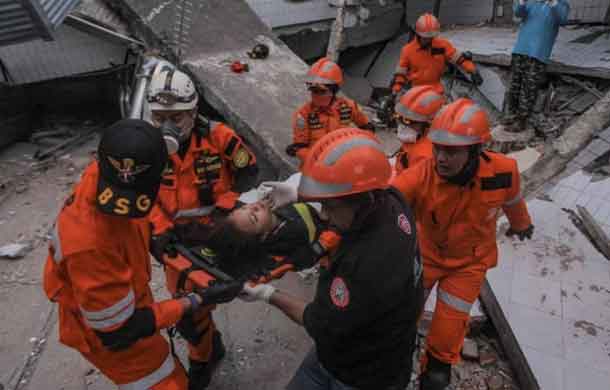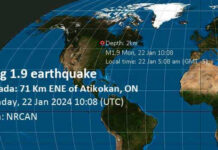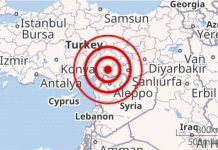
“Victims who have not been found are declared missing”
* Search for bodies to end on Oct. 11 – disaster agency
* Death toll from quake and tsunami reaches 1,763
* Many bodies still buried under mud and debris
By Kanupriya Kapoor and Fathin Ungku
PALU, Indonesia, (Reuters) – Indonesian rescue workers will stop searching for the bodies of victims of an earthquake and tsunami on the island of Sulawesi on Thursday, the national disaster mitigation agency said on Sunday.
The announcement came after the official death toll from the 7.5 magnitude quake and a tsunami it triggered on Sept. 28 rose to 1,763.
Bodies are still being recovered, especially from the ruins of buildings in the small city of Palu and from neighbourhoods hit by liquefaction, a phenomenon that turns the ground into a roiling quagmire, in the south of the city.
“Evacuation stops on October 11,” the national disaster mitigation agency spokesman Sutopo Purwo Nugroho told a news briefing, using an Indonesian word that applies to the search and retrieval of both living and dead people.
“Victims who have not been found are declared missing,” he said. Some limited searching might still be undertaken but large-scale searches with many personnel and heavy equipment would cease, he said.
Many hundreds of people are still buried in mud and debris in the south of Palu, where neighbourhoods were obliterated by liquefaction and desperate relatives have been seeking help to find loved ones.
Dozens of rescuers removed 34 bodies from one place on Saturday.
Nugroho said the debris would be removed from those places and they would be turned into public spaces like parks and sports venues. Surveys would be carried out and people living in areas vulnerable to liquefaction would be moved.
“We don’t want the community to be relocated to such dangerous places,” he said.
Most of the dead have been found in Palu, the region’s main urban centre.
Figures for more remote areas, some just re-connected to the outside world by road, are trickling in. The heaviest casualties appear to have been in Palu.
PRAYERS
One grieving father appeared resigned to the fact the search for victims will end within days.
“What’s the point anyway? At this stage they are not even recognizable,” said Ondre, 38, who makes toys for a living.
His wife and two daughters were swept away in the tsunami that hit Palu’s seafront shortly after the earthquake.
He found the bodies of his wife and older daughter but is still looking for his younger daughter, aged two.
Speaking by a mass grave atop a hill overlooking Palu’s bay as the sun began to set, Ondre said he had come to offer prayers for his little daughter.
“I don’t want her to feel like her father never tried to find her. My soul wouldn’t rest,” he said.
Sulawesi is one of Indonesia’s five main islands and, like the others, is exposed to frequent earthquakes and tsunamis.
In 2004, a quake off Sumatra island triggered a tsunami across the Indian Ocean that killed 226,000 people in 13 countries, including more than 120,000 in Indonesia.
Earlier on Sunday, dozens of Christians gathered outside ruined churches for open-air services to give thanks for their survival and to mourn members of their congregation killed in the disaster.
Indonesia has the world’s biggest Muslim population but there are Christian communities throughout the archipelago, including in Palu.
“We are so relieved to be alive but sad because so many of our congregation died,” said Dewi Febriani, a 26-year-old economics student, after a service in a tent set up outside the Toraja Church in Jono Oge village, just south of Palu.
Jono Oge was particularly hard hit by liquefaction.
Dozens of teenagers at a nearby church and Bible camp were killed. Many of their bodies lie buried in the mud.
A big aid operation is gearing up to help hard-hit communities where some 70,000 people have been displaced.
(Additional reporting by Jessica Damiana in JAKARTA Writing by Robert Birsel Editing by Paul Tait)






